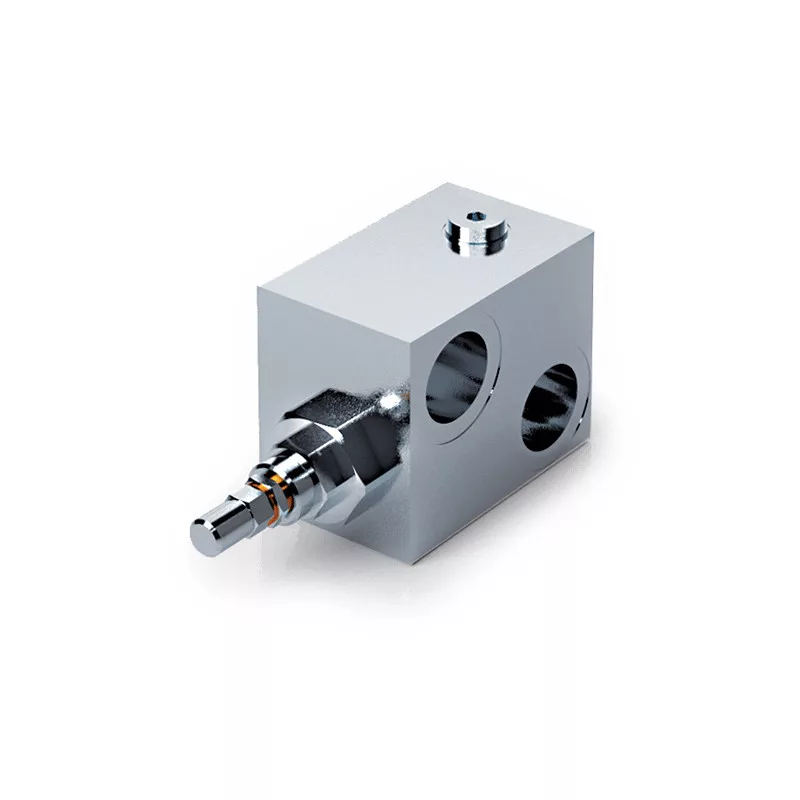Role and Operation of a Hydraulic Pressure Relief Valve
Our current article focuses on the hydraulic pressure relief valve, a crucial component in hydraulic systems. It plays a fundamental role in maintaining the safe and efficient operation of the system. Its function is to prevent overpressure in the hydraulic equipment, thereby protecting components from potential damage.
At MPH, we offer a wide range of hydraulic pressure relief valves, making it easy to find the ideal product for various applications.
Operation Principle of a Hydraulic Pressure Relief Valve
The primary function of a hydraulic pressure relief valve is to regulate the system pressure up to a predetermined limit. If the pressure exceeds this limit, the valve opens and redirects the excess fluid back to the reservoir or another area where it can be safely released.
This prevents overpressure, which could damage equipment and components such as hoses, connectors, or other hydraulic devices.
It is crucial that pressure relief valves are sensitive and respond promptly to maintain system stability. At the set maximum pressure, the valve opens immediately, reducing the pressure to a safe level before any damage occurs to the equipment.
Types of Hydraulic Pressure Relief Valves
There are several types of pressure relief valves used in hydraulic systems. One of the most popular models we offer is the OM VAU dual pressure relief valve, which can operate effectively up to 350 bar.
The most commonly used types are as follows:
-
Direct-Acting Valves: These hydraulic pressure relief valves respond directly to changes in pressure. When the pressure reaches the set value, the valve’s mechanical spring opens, allowing excess fluid to exit. Due to their simple design, they are often used in smaller systems and are known for their quick response time and reliability.
-
Pilot-Operated Valves: These are more complex and operate via a control circuit. A smaller pilot valve activates first, which then opens the main valve. This type is used in larger systems where greater precision is required for control.
-
Proportional Pressure Relief Valves: These components allow for gradual pressure adjustment, providing finer control. Their advantage is that they offer precise pressure settings and greater flexibility. However, they are more complex and costly than direct-acting valves.
Maintenance and Reliability
Regular maintenance is essential for hydraulic pressure relief valves to ensure safe operation of the hydraulic equipment.
Maintenance should be performed periodically with the assistance of a professional. During this process, the technician assesses the condition of the components and thoroughly cleans the valves. Checking the condition of the spring and seals is particularly important, and any worn or damaged parts should be replaced immediately.
Proper pressure settings are also critical for system stability and safe operation. Regularly checking that the valve activates precisely at the set pressure level is recommended.
If you have further questions about our products, please feel free to contact us through any of our channels.


